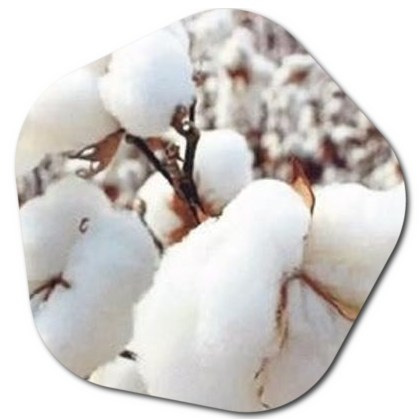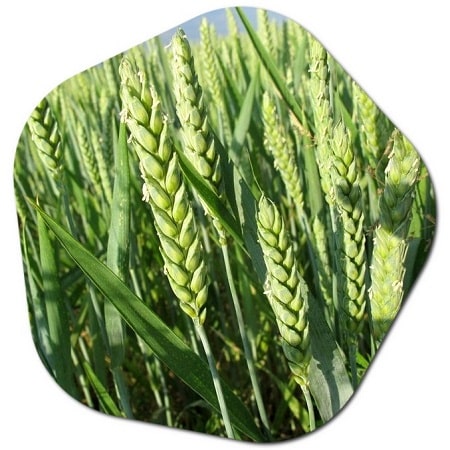What are the main agriculture products in Uzbekistan?
Uzbekistan cultivates a variety of vegetables, both for domestic consumption and export. The country’s diverse climate and fertile regions allow for the growth of a wide range of vegetables. These vegetables are integral to Uzbek cuisine, which features a variety of dishes and pilafs (known as “osh”) made with locally grown ingredients. The fertile regions, such as the Fergana Valley, contribute to the country’s agricultural diversity and the cultivation of a wide array of vegetables.
Uzbekistan’s agriculture sector is diverse and produces a range of products. Some of the main agricultural products in Uzbekistan include:
- Cotton: Uzbekistan is one of the world’s largest cotton producers, and cotton is a major cash crop in the country.
- Wheat: Wheat is a staple crop in Uzbekistan and is widely cultivated for both domestic consumption and export.
- Rice: Rice is an essential food crop, particularly in the Fergana Valley region, and is grown for local consumption.
- Vegetables: A variety of vegetables are cultivated, including tomatoes, potatoes, carrots, and onions.
- Fruits: Uzbekistan produces a wide range of fruits, such as grapes, apricots, pomegranates, and melons.
- Silk: The country has a long history of silk production, particularly in the Fergana Valley, and is known for its high-quality silk products.
- Grains: Besides wheat, other grains like barley and corn are grown.
- Livestock: Livestock farming is common, with cattle, sheep, and poultry being raised for meat and dairy products.
- Mulberry: Mulberry trees are cultivated for their leaves, which are the primary food source for silkworms.
- Nuts: Uzbekistan produces a variety of nuts, including almonds and pistachios.
- Legumes: Various legumes, such as lentils and chickpeas, are grown.
- Tobacco: Tobacco is cultivated for the production of cigarettes and other tobacco products.

Uzbekistan’s agriculture sector is vital to the country’s economy, providing food, raw materials, and exports. Cotton, in particular, has been a historically important crop, but the government has been working to diversify agriculture and reduce the country’s dependence on cotton production in recent years.
What plants are found in Uzbekistan?
Uzbekistan has a diverse range of plants due to its varied landscapes, which include deserts, mountains, and fertile valleys. Here are some of the plants you can find in Uzbekistan:
- Cotton (Gossypium spp.): Cotton is one of the most important crops in Uzbekistan and is widely cultivated for its fiber.
- Wheat (Triticum spp.): Wheat is a staple crop in Uzbekistan, and various types, including hard and soft wheat, are grown.
- Barley (Hordeum vulgare): Barley is another significant cereal grain cultivated in the country.
- Rice (Oryza sativa): Rice is grown in the Fergana Valley and other regions for both domestic consumption and export.
- Apricot (Prunus armeniaca): Uzbekistan is known for its apricot orchards, especially in the Fergana Valley.
- Grapes (Vitis vinifera): Grapes are cultivated for wine production and table consumption.
- Pomegranate (Punica granatum): Pomegranates are grown for their fruits, which are used in various dishes and juices.
- Melons (Cucumis melo): Uzbekistan is famous for its sweet and aromatic melons, including watermelons and cantaloupes.
- Mulberry (Morus spp.): Mulberry trees are grown for their leaves, which serve as the primary food source for silkworms in the silk industry.
- Cottonwood (Populus deltoides): Cottonwood trees are common in riparian areas along rivers and provide shade.
- Tamarisk (Tamarix spp.): Tamarisk is a drought-resistant shrub found in arid regions.
- Saxaul (Haloxylon ammodendron): Saxaul is a salt-tolerant shrub found in desert areas of Uzbekistan.
- Thyme (Thymus spp.): Thyme and other aromatic herbs are used in Uzbek cuisine.
- Silk Road Plants: Uzbekistan was a significant part of the historic Silk Road trade route, and many plants and herbs with medicinal and culinary uses were traded along the route, contributing to the country’s diverse flora.

Uzbekistan’s plant life varies across its regions, from the arid deserts of the Kyzylkum and Karakum to the fertile valleys of the Fergana Valley. The country’s rich agricultural heritage has led to the cultivation of a wide variety of crops and the preservation of traditional farming practices.
What vegetables are grown in Uzbekistan?
Uzbekistan cultivates a variety of vegetables, both for domestic consumption and export. The country’s diverse climate and fertile regions allow for the growth of a wide range of vegetables. Some of the vegetables grown in Uzbekistan include:
- Tomatoes: Tomatoes are a staple in Uzbek cuisine and are grown extensively.
- Cucumbers: Cucumbers are commonly cultivated and used in salads, pickles, and various dishes.
- Peppers: Bell peppers and hot peppers are grown for use in many Uzbek recipes.
- Eggplant (Aubergine): Eggplants are used in dishes like osh (pilaf) and various stews.
- Carrots: Carrots are used in soups, salads, and as a side dish.
- Onions: Onions are a fundamental ingredient in many Uzbek dishes.
- Potatoes: Potatoes are a versatile crop and are used in various Uzbek recipes.
- Radishes: Radishes are often served fresh in salads.
- Garlic: Garlic is used in many Uzbek recipes for flavor.
- Cabbage: Cabbage is used in various Uzbek dishes and is often pickled.
- Green Beans: Green beans are grown and used in a variety of recipes.
- Zucchini (Courgette): Zucchini is used in stews, fritters, and other dishes.
- Lettuce and Greens: Various types of lettuce and leafy greens are grown for salads and garnishes.
- Spinach: Spinach is used in salads, pies, and stews.
- Pumpkins: Pumpkins are used in soups, stews, and pies.
These vegetables are integral to Uzbek cuisine, which features a variety of dishes and pilafs (known as “osh”) made with locally grown ingredients. The fertile regions, such as the Fergana Valley, contribute to the country’s agricultural diversity and the cultivation of a wide array of vegetables.





